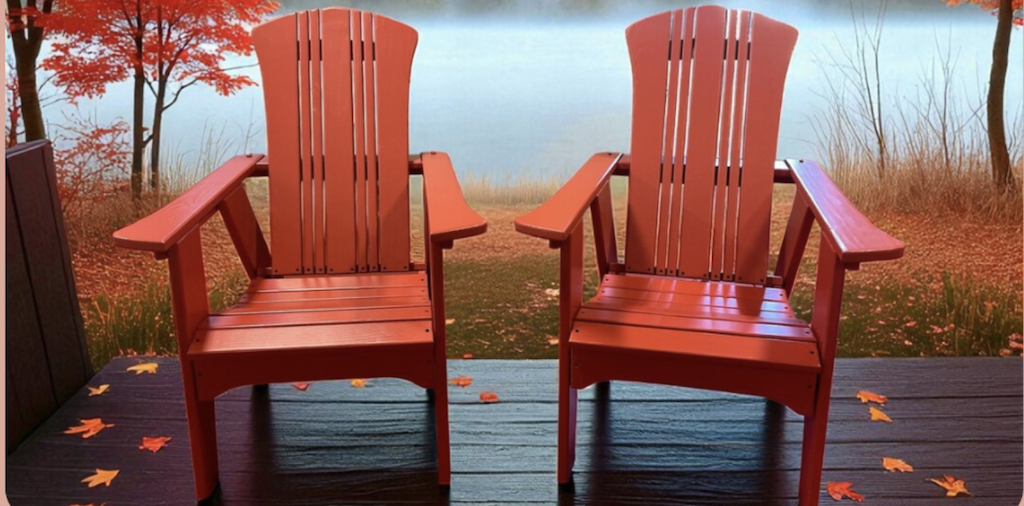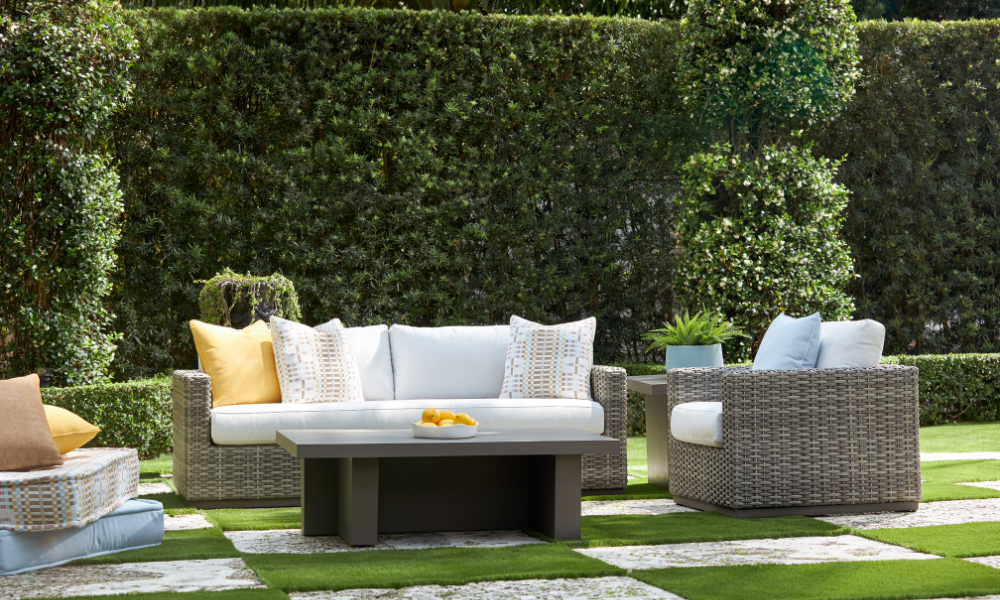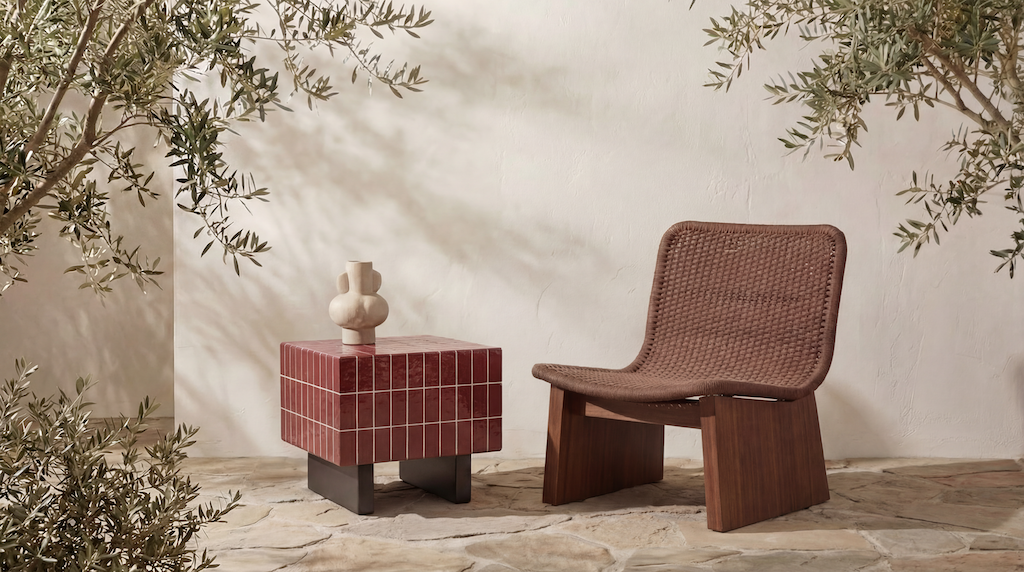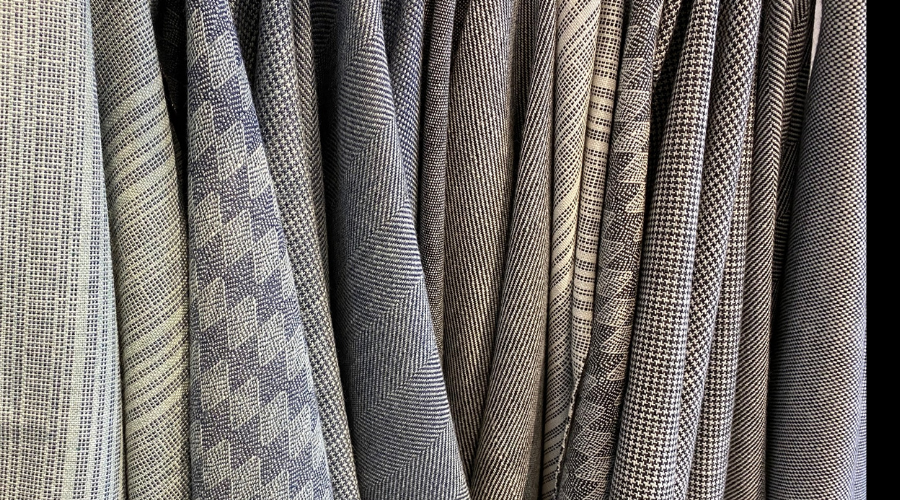At Designers Resource Collection in San Diego and Costa Mesa, business success has been built on a solid foundation of client experience and relationships with vendors.
The business is to-the-trade only; their clients are designers who appreciate the experience of being able to easily and efficiently find high-end furnishings on behalf of their clients.
Pamela Kellogg, owner and CEO, says that Designers Resource Collection has the benefit of being leaders and not followers.
“Lead times are not an issue with us,” says Kellogg. “Decorators and designers are used to dealing with that. We sell off the floor as well as special order, but we don’t stock things in the back constantly. We are trendsetters, not followers. We are on the cutting edge.”
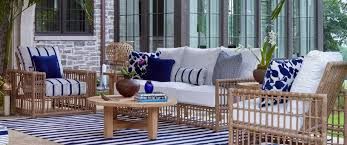
The showrooms date from the 1980s. Initially, the company specialized in wall coverings and fabrics. Kellogg’s father later expanded it to include indoor and outdoor furniture. The business employs 52 people and spans two showrooms with a combined footprint of 57,000 square feet.
The designers come to the business from high-end clients in Southern California, who want to have the newest and latest. Accordingly, a slowdown with such a well-heeled clientele isn’t in the cards.
“For us, we are going full tilt and that’s not the case with a lot of people,” says Kellogg. “I’m not being pretentious, but I don’t feel our business is a reaction to things happening in the economy or the world. It is important to them to have their homes looking beautiful and cutting edge, and they don’t mind spending the money on it. They also travel and they want their homes to feel like their resort haven. That is what we create with our clientele core designers.”
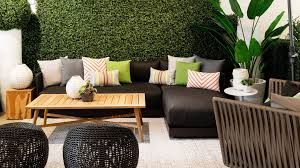
There are a few challenges that Designers Resource Collection can help its designers resolve.
“For some of the more inexperienced or younger designers who come up against their clients who are shopping online, we have to help them overcome that,” says Kellogg. “Most designers want service experience and want to work with a partner who will have their back. The end user sees it’s a few dollars less expensive, but our clients let their clients know they shop with us because if something goes wrong, we handle all that and designers do not have time or manpower to do that.
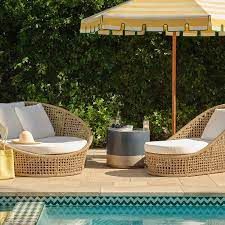
“The challenge is that our clients work with their clients who don’t understand all of that. Free freight if it goes wrong? These are not people who are going to build my business, because I am not chasing $10 anywhere. Some brands undercut themselves. These are not people who are going to help build the business. Most of that comes with a younger, less experienced clientele designer, but we educate them. One transaction on their own and they have to deal with all that and they are like ‘yeah I am coming back.’ We have to bring that value and that’s how we build our business relationship and at the end of the day everything is built on that. That is the basis of our core values.”
That idea of service carries over to manufacturers, which Kellogg says are chosen based on their ability to deliver, their trustworthiness — and on whether they will sell to everyone.
“Their client is not looking to see the goods they bought in a neighbor’s yard,” says Kellogg.
To get the word out, Designers Resource Collection depends on word of mouth, given that it is the only multiline to-the-trade showroom on the West Coast.
“We used to do a brand after brand after brand and co-op and came to realize that we are the brand,” says Kellogg. “Anything we carry is going to be quality, is going to be of a certain caliber. We do events, we do curated events, we do intensive training for our staff and we bring the designers in.”
How do they set themselves apart?
“Seniority,” says Kellogg. “It’s very hard to demand respect. You have to earn it and that takes time. We have proven ourselves and we have listened to clients and we have changed with the times.”
That can mean changing proactively. If something is in the store too long, it’s stale. Maybe it will leave to return and maybe not, but the showroom will look different, sometimes as often as weekly. And sometimes, designers will come in, look through books in conference rooms and depend on Designers Resource Collection to do all of the sourcing, which saves time.
“Designers do what they do best, and my job is to help them look good,” says Kellogg. “Stay in your lane and let the experts help you look really good. I am not trying to take their job; I am trying to help them look good and have great pieces for their projects.”
Any advice for those in similar situations?
“I can hope they have worked in a showroom before,” says Kellogg. “It’s a different end of the business. We have hired design students; they’ve learned a little and never left. Don’t do it because you love design; you had better love business. If you want to make money at it, you had better realize that it is business and you will need good emotional intelligence to deal with people. You will be getting into their lives and you need to help them find out what is going to make their client happy.”

